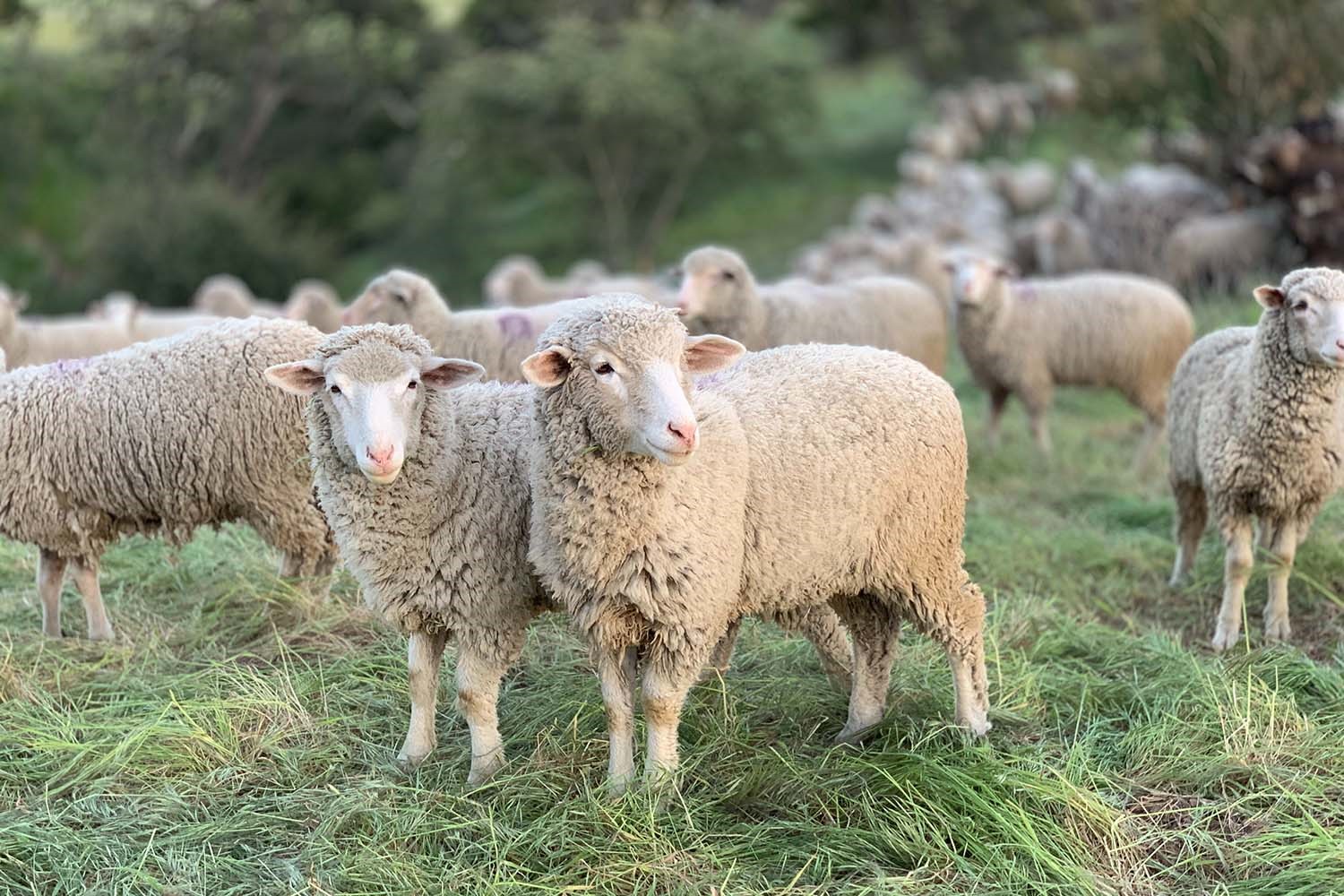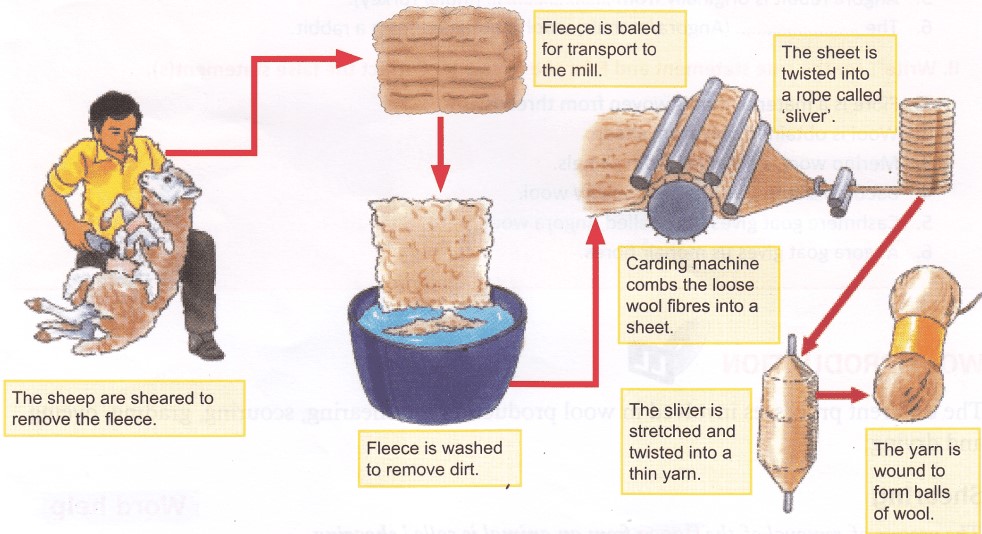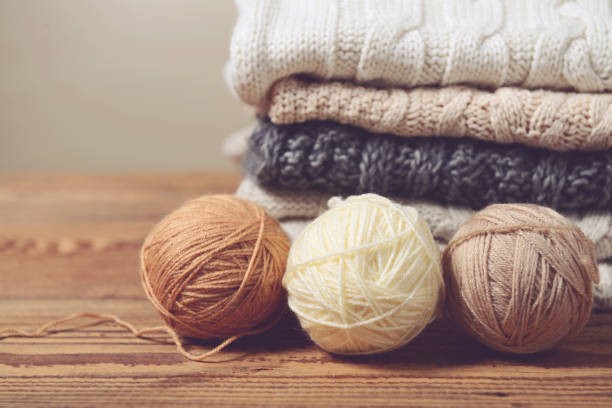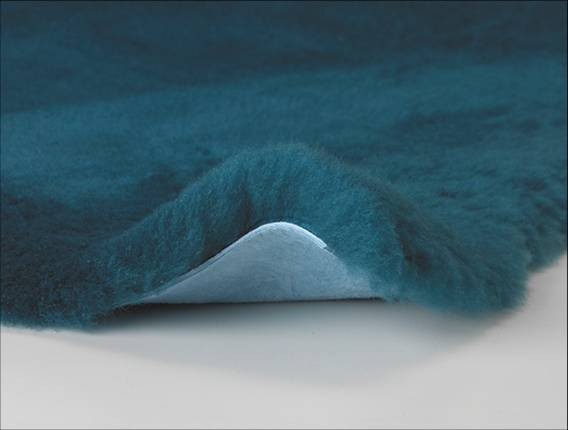Wool: History, Processing, Types and Benefits:
17th Aug 2022
Image: iStock
When I was a little kid, my grandma and I would snuggle under her tartan wool rug. Now that she is not with us anymore, I still want to hug her and experience her warmth and affection for me. I recently stumbled upon the beautiful pink wool sweater she had crocheted for me, it reminds me of her warmth and caring. Getting the feeling of connection is just one of the many benefits of wool. Wool has a fascinating history with the evolution of its processing methods and its uses.
You have heard of wool, right? Are you aware that wool comes from a variety of animals. Do you want to know about the history of wool? if so, then here goes! Continue reading to learn about wool, its varieties, uses, and advantages.
What Is Wool?
Wool is the term used to describe the fiber from sheep or lamb fleece, goat hair, or angora, including the alleged "specific fibers" made from camel, alpaca, and llama hair.
The soft, wavy, or curly, often thick undercoat of numerous hairy mammals, primarily sheep, has been used by man all over the world. The protein filaments of keratin in wool are pliable, reactive, and biocompatible. Wool differs from other vegetable fibers, eg: cotton, because it is made of protein and some lipids rather than cellulose. Wool is a sustainable resource.
History Of Wool
Wool was first used by man around 10,000 years ago- during the Stone Age. Ancient peoples wore sheepskin clothing to stay warm in the winter and cooler in the summer. The basic human needs of ancestral man were food, clothing, and shelter. Sheep and their wool helped to fulfil these needs. Later, they learned to spin and weave these fibres. Ultimately, yarn of wool and fabric were produced, all being used to aid their survival, particularly during harsh winters. It offers protection from heat and cold, assisting the body to maintain a constant temperature.

Image: Unsplash
Sheep have made it possible for civilizations to advance far beyond the tropics thanks to their adaptability and agility. Sheep provide us with meat, milk, and protection from the cold, and they are just as adaptive as the fiber they create. They may live in locations where other stock cannot live because of the lack of vegetation and water. They have long provided, and still do, for our dietary and fiber needs.
Shortly after discovering that sheep and wool were quite profitable to export, the Persians started exporting to other countries, including Africa and Europe. Now, the best Merino wool is primarily found in Australia, with China importing about 80% of Australia's wool clip.
Processing Of Wool
The annual global production of wool is around 2 million metric tonnes (2.2 million short tons), 60% of which is used to make clothing. Worsted wool production refers to the process of turning raw wool into thread, and then wool textiles. Goods are then created from yarn by knitting and weaving. The steps involved in wool processing are shown in the following image and briefly discussed below.

Credit: Texpedi
1.Shearing
The sheep's wool fleece is removed during the shearing process, which usually takes place on a farm in the spring before lambing. Domestic sheep can be sheared by a shearer (a worker who uses a machine or a hand-powered blade to remove wool during shearing) in five to ten minutes. The fleece is typically kept in one piece.
2.Grading
The next step in the process is grading, which is the division of fleece into categories depending on overall quality. Wool classers determines the fleece's grade. Wool is separated into four primary groups by wool classers: fleece (which makes up the vast bulk), broken, bellies, and locks.
3.Scouring
The weight of the wool fleece decreases when impurities like sand and dust are removed. Scouring refers to the cleansing or washing of greasy wool to remove contaminants and lanolin. It involves feeding greasy wool into a machine where it is continuously moved through several washes of liquor-filled bowls (often six to eight) until the wool is clean and disinfected.
4.Dyeing
Dyeing can occur at several points in the wool production pipeline, depending on whether the wool goes through the worsted process. Wool can be dyed at any stage, including fiber, yarn, textiles, and garments.
5.Carding
It is a crucial stage in the creation of wool cloth. The process of carding, also known as combing wool, involves ensuring that all the wool fibers are untangled and oriented in a way that will allow them to be spun.
6.Spinning and weaving
Wool is spun and woven in this phase. Fibers are spun together to create one strand, which is then spun with two to three more strands to make the thread. The finished product can be spun into yarn. Woven or knitted cloth is then created using the wool yarn. Warp and weft components are combined during weaving to create the woven structure. The tighter the weave, the smoother the cloth, making it more expensive to produce.
7.Knitting
Knitting is a technique that has been used to create fabrics for thousands of years. It can be used to produce materials that come out of the machine ready to be cut or as formed pattern pieces and finished apparel. It can be used with traditional knitting techniques (hand-knitting needles) and knitting machines.
8.Finishing
Both worsted and woolens go through several finishing procedures after weaving, such as fulling (soaking the fabric in water to cause the fibers to lock), crabbing (sealing the interlock), decaying (shrink-proofing), and, occasionally, staining. Wool fibers can be dyed before being inked, but it is also possible to dye wool after it has been woven into fabric.
In short, wool can be finished using various methods, such as scouring, fulling, conductive treatments, relaxation deformation, anti-felting, and functional finishing for things like heat resistance, moth proofing, stain repellent, and stain release.
Types of Wool
The types of wool vary depending on the source (animal), the processing and treatment, and the fabric. Each of them has unique qualities and advantages of its own. However, Pure wool, also known as virgin wool (the first shearing a lamb or sheep receives), is the softest and finest fiber a sheep will ever produce in its lifetime, but it is both rare and expensive.

Credit: iStock
Types Of Wool By Source Or Animal
The types of wool by animal or source are listed below.
● Merino— Merino sheep produce the natural fiber known as Merino wool. It is thinner and softer than other wools.
● Mohair— Wool from the Angora goat is called mohair wool. This kind of goat has shaggy hair, unlike other goats.
● Alpaca— The fibers that naturally grow on alpacas are the source of the wool known as alpaca wool. Since alpacas are native to South America and resemble camels, they are called camelids.
● Cashmere— The fiber obtained from cashmere goats, pashmina goats, and some other varieties of the goat is known as cashmere wool, or simply cashmere. It has been used to make yarn, fabrics, and garments for hundreds of years.
● Vicuña— Vicuñas, South American camelids that live in the high mountainous region of the Andes highlands in Peru, is the source of vicuña wool. This animal produces fine yarn re-knowned for its natural color, flexibility, and lightness.
Other Types of Wool
Other varieties of wool, depending upon the treatment process and fabrics, are listed below. They offer a variety of benefits and features that are crucial in deciding what is best for the customer. However, wool must also be cared for properly to avoid bacterial growth and unpleasant odors; therefore, you can benefit from some wool care techniques and products to clean and disinfect your woolen products.
The following varieties of wool are categorized according to treatment.
● Boiled wool
● Super wool
● Wool chinchilla
● Organic types of wool
● Melton
The following list includes several well-known woolen fabrics.
● Gabardine
● Wool Jersey
● Tweed
● Herringbone
● Chenille
Benefits
Wool is unquestionably the ideal material to use when you want to stay warm. Wool lovers know that wool is an all-natural miracle fiber, and is well renowned for its benefits and qualities.

- Moisture Repellent— Wool can withstand water up to one-third its weight without feeling soaked. It needs to be soaked with 30% of its weight to feel moist to the touch.
- Flames Resistant— Wool has a higher level of fire safety than other fibers since it is naturally flame resistant. Therefore, wool does not melt, leak, or adhere to the skin when it burns.
- Eco-Friendly— Wool is one of the most environmentally friendly materials available because it has a minimal influence on the environment during production. For instance, when producing 100 clothes, wool fabric typically consumes 18% less energy than polyester and roughly 70% less water than cotton.
- Wrinkles Resistant— Each fiber has a natural curvature to it. This natural surface roughness not only gives wool fibers their extraordinary resilience and capacity to bounce back but also forms tiny air pockets.
- Breathable— One of wool's best advantages is its ability to trap the air layer next to your skin. Most people associate wool apparel with scratchy, unpleasant sweaters and stiff, uncomfortable slacks. However, the right kind of wool creates warm, soft clothes; thus, wool clothing should be pleasant.
The Bottom Line
In conclusion, the soft textile fiber known as wool is produced by sheep and other mammals like goats, rabbits, and camelids. It was created in Asia Minor during the Stone Age by scouring and shearing. The best type of wool is merino, which is produced in large quantities. Its flexible and versatile design gives us a sense of comfort.
The most popular option for people is, without a doubt, medical sheepskins products by Down-Under Wool. Thus, If you are looking for medical sheepskins and merino wool products, take a look at products by Down-Under Wool.

